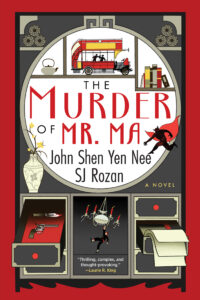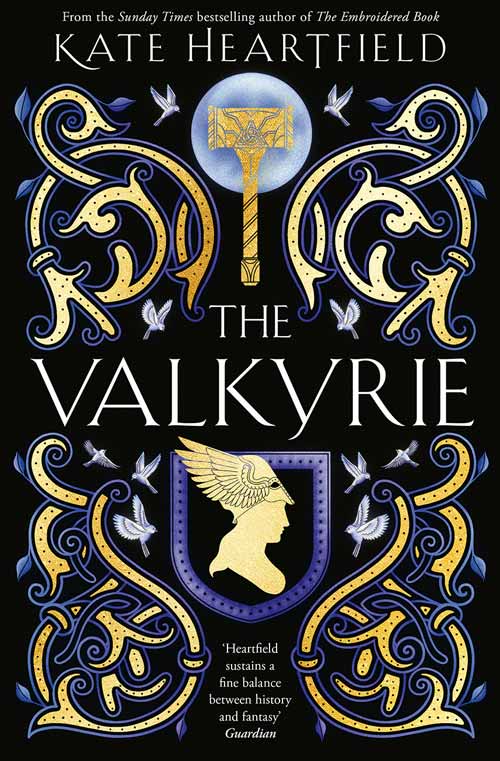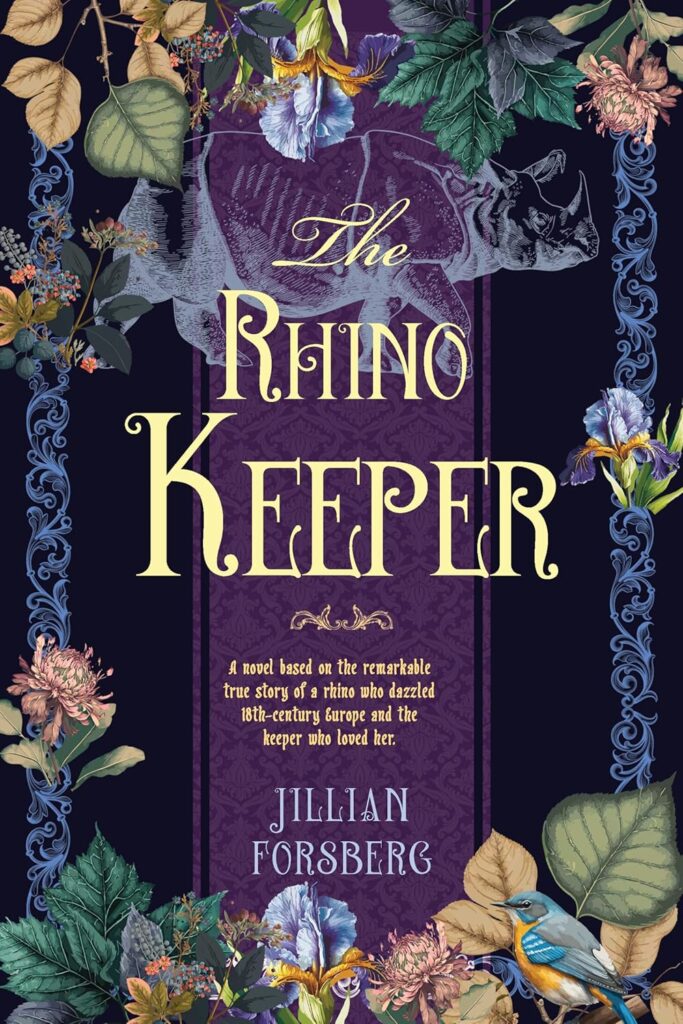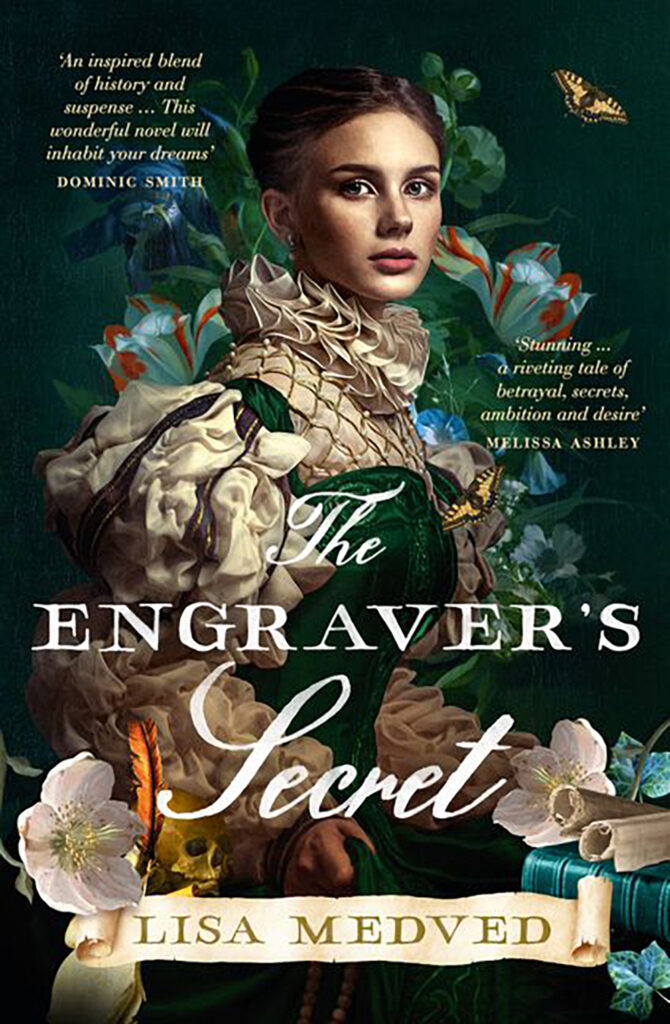Set in a Rich Historical Moment: The Murder of Mr. Ma by John Shen Yen Nee and SJ Rozan
 BY TERRI BAKER
BY TERRI BAKER
Whereas 1924 Britain may have witnessed the twilight of Sir Arthur Conan Doyle’s Sherlock Holmes—the last Holmes mystery was published in 1927—and the birth of the Golden Age of Detective fiction—published in 1924 were Agatha Christie’s fourth novel and Dorothy L. Sayers’s second Lord Whimsey novel—it was also a critical time in the life of Lao She, the pen name of Shu Qin Chun, a Manchu Chinese intellectual. In 1924, Lao She was teaching in London, much like the Lao She character of John Shen Yen Nee and SJ Rozan’s The Murder of Mr. Ma (Soho Crime, April 2024).
During that year, the real Lao She wrote a story, called Mr. Ma and Son, about an immigrant father and son who must negotiate both the prejudices, and the fascination, of the British. Also during the winter of that year, according to John Shen Yen Nee, China faced “pivotal moments”.
“There are eerie parallels with what’s going on today,” he says. “There was absolute totalitarian rule in Russia. Russia was playing both sides of the conflict that would lead to Chinese Civil War and vying with China and Japan for control of the Chinese Eastern Railway.”
It is in this rich historical moment, and the reflections that the authors imagine Lao She experienced in the year of his demise at the hands of the Cultural Revolution—explored in the novel’s Foreword—that Shen Yen Nee and Rozan set the first of their series about Lao She and Judge Dee, also based on a real historical figure: Di Ren Jie.
The story opens to a London that one might imagine from Virginia Woolf’s Mrs. Dalloway, with “the sights and sounds of a Hyde Park spring afternoon. Yellow daffodils splashed the borders of the emerald lawn, on which picnickers sat on plaid blankets.” Yet this is post-World-War-I London viewed through a very unique lens: that of University of London lecturer Lao She. When he observes the diverse opinions being touted at Speaker’s Corner in Hyde Park, Lao reflects, “Ah, the British. Often wrong, but never without opinions and the zeal to express them.”

author John Shen Yen Nee (photo by Stan Prokopenko)
It is Lao’s work at the university that inspires Bertrand Russell to contact him to help retrieve Judge Dee—“The celebrated Judge Dee,” according to Lao —from jail. Although the two must fight their way out of jail when the plan to replace Lao for Judge Dee goes awry, it serves as the beginning of a beautiful friendship. Dee is investigating the murder of one of four Chinese men who had been part of the Chinese Labour Corps, who served under the British Army in WWI. Dee is acquainted with these men because it was his job, as he tells Lao, to “adjudicate disputes between the British military and the men of the Chinese Labour Corps.” This job made him enemies, one of whom Russell wants to make sure doesn’t discover Dee in jail.

author SJ Rozan (photo by Robert Hughes)
This is a unique moment in history with a unique narrator in Lao She. The first person point of view and Lao She’s role as chronicler of Judge Dee’s investigations is intended to be a relationship, according to John Shen Yen Nee, that “shares more of a parallel track with Agatha Christie’s Poirot and Hastings than Holmes and Watson. . . . [because] Poirot is a gentleman and he’s charming and polite. He can be ruthless. . . I think that Hastings and Lao are both curious, and have opportunities to evolve over time . . . as investigators.”
The 1924 unique moment in history is paralleled with the time of Lao She’s reflection: 1966. It is a time when Lao She knows, according to S. J. Rozan, that “his days are numbered, [and he] thinks back on his own beginnings and the stories he hasn’t told.” This novel is thus the very beginning of what promises to be, for Lao, a rich career of murder and investigation at the side of Judge Dee in a culture which is on the receiving end of what scholar John G. Cawelti has identified in classical detective fiction as the “double impetus”: the British fascination with the exotic and the strange, confounded by their simultaneous fear of the exotic and the strange. Fascination for the Chinese culture was strong at this time; Bertrand Russell’s presence early in the novel demonstrates how the intellectual was “a real friend of China,” according to Rozan, as further evidenced by his text, The Problem with China, which Lao discusses with Russell when he and Dee arrive at his house.
Much of the action in the novel takes place in London’s East End; the Limehouse area had, since Elizabeth I, been an important port that drew sailors from around the world. By the 1800s, it had become the home to a large Chinese community, as well as to the trades of tea and opium. Sherlock Holmes, in fact, visits the area for the purposes of frequenting an opium den. Given this history, the authors of The Murder of Mr. Ma characterize Lao as someone vehemently averse to opium, whereas Dee has become addicted thanks to the injuries he suffered at the hands of the British who disagreed with some of his judgments. Sax Rohmer’s Fu Manchu series similarly presented stereotypes of opium-addicted Chinese Britons, a caricature that is reviled by Dee in a later episode in the novel when he investigates yet another death of one of the Chinese Labour Corps.
The Murder of Mr. Ma is a complex detective novel that explores Chinese lives within a larger British society in a period that, as P. D. James describes it in Talking About Detective Fiction, was “an age of underlying anxiety. Before the institution of the welfare state, the dread of unemployment, of sickness, of economic failure was very real, and the growing power of the fascist dictators abroad threatened the possibility of a further war before the country had recovered from the appalling carnage, social upheaval and personal tragedies of the 1914-18 conflict.” The martial arts of Judge Dee and the intellectual observations of Lao She bring a distinctive new approach to detective fiction.
About the contributor: Terri Baker is an English Literature and Composition instructor at Mount Royal University in Calgary, Alberta. The focus of her PhD was historical fiction, in particular the contemporary critique found in Hilary Mantel’s Wolf Hall and Bring Up the Bodies.






